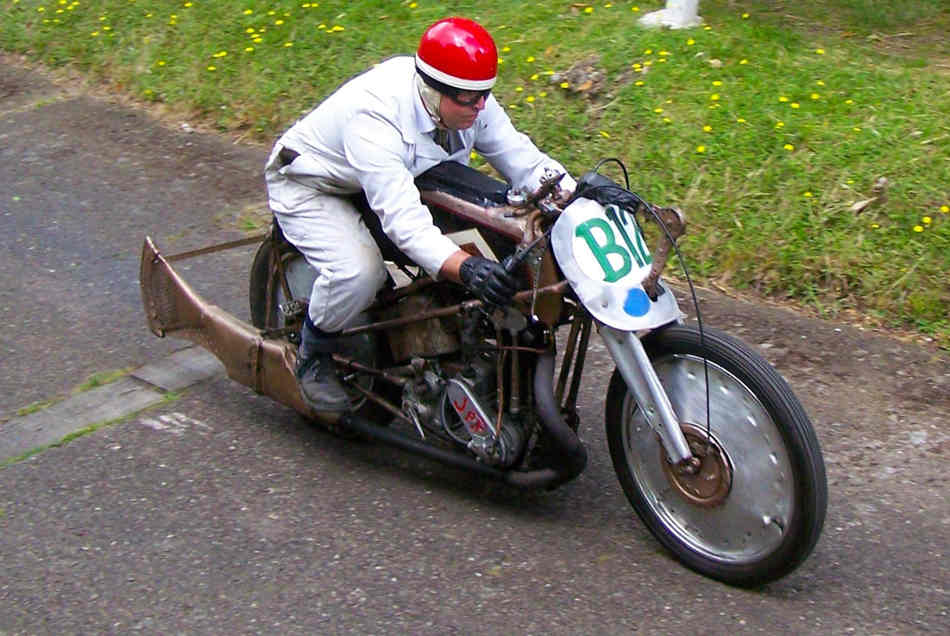
1938 was a significant year in many ways. Test cricket was televised for the first time, Lord Snooty and his pals made their debut in a brand new comic called ‘The Beano’, and British Prime Minister Neville Chamberlain delivered his ‘Peace in our Time’ speech, celebrating a resolution with Germany that determined to resolve future disputes between the two countries through peaceful means. What could possibly go wrong?
At Brooklands – the world’s first purpose built motor racing track – near Weybridge in Surrey, Eric Fernihough and Ivan Wicksteed were breaking speed records on their motorcycles, a supercharged Brough Superior and a supercharged Triumph Speed Twin, at 158 mph on the straight and 118 mph on the banked circuit respectively.
Meanwhile, far away, in another part of town – to steal a line from Bob Dylan – the newly opened Ace Cafe was widening its appeal from the drivers of Fodens and Scammells to include the ‘Ton Up’ boys on their Beezers and AJ’s. It was, after all, open all night.
All of which happened 75 years ago. So it was quite fitting that these two establishments, steeped in history and nostalgia (that’s the Ace and Brooklands by the way, not Test Cricket and The Beano) joined forces to commemorate this milestone with a celebration of the first 100mph motorcycles.
A visit to Brooklands is a treat for old petrolheads like me, when I was a kid the family car was the number 480 Routemaster bus to Gravesend, Concorde was the stuff of dreams and we watched in black and white awe as Paddy Hopkirk won the Monte Carlo Rally in a Mini Cooper S.
All of those iconic but now defunct examples of engineering excellence were very much in evidence at Brooklands, along with some motorbikes. Lots of them, in fact. Along with the sounds, the smells and the general buzz and excitement of the race paddock.
Among the historic aircraft, vintage cars, buses and trucks, motorcycles of all shapes, sizes and ages are parked, some as part of the celebration, others ridden to the show by enthusiasts. Visitors’ cars were diverted away from the action into the anonymous ranks of the car park.
Motorcyclists fared a little better, being welcomed into the grounds. A series of white boiler suited gentlemen of a certain age were strategically stationed to wave us through into the very heart of the activities. And then out the other side.
Just as I was starting to think it might have been easier to park in Byfleet and walk in I discovered that we were being ushered towards one of the remaining sections of the historic Brooklands banking, which was in use for the day as a motorcycle park.
Riding along the rough hewn sloping concrete slabs in first gear is a weird experience, I can’t imagine what it would have been like to be near horizontal on the upper banking with skinny tyres and bugger-all brakes at a ton. Balls of steel, those guys had.
Away from the banking, the 104 year old 350 feet long 1-in-5 test hill was doing good business with a wide selection of bikes from a 1970s Yamaha FS1-E (the rider getting a cheer and a round of applause as he coaxed the struggling two stroke to the top) to 1960s works Triumph rider Johnny Giles, re-united with his trials twin, possibly the first ‘factory’ rider to run up the hill on a trials bike since the International Six Days Trial some 87 years previously.
The historic bikes present included the unique 1939 AJS V4, a huge supercharged liquid cooled monster on loan from the Sammy Miller Museum, its notoriety guaranteed by being the first bike to lap a Grand Prix circuit in excess of 100mph, ridden by the splendidly named Walter Rusk in the 1939 Ulster GP.
Derek Minter’s Manx Norton achieved a similar status by being the first to lap the Isle of Man TT circuit at over a ton, not bad for a single.
Other treasures included Edmund ‘Boy’ Tubb’s 1929 Grindlay Peerless, featuring a fantastic extended fishtail exhaust needing special bracketry to support it, and the Jap powered Doug Earle Cotton, a methanol powered beast that looked to have borrowed the wheels from the Vickers Vimy bi-plane in the hangar across the way.
This machine had several features that demonstrated British engineering ingenuity at its best. Straight frame tubes ensured rigidity, and the girder forks were swathed in aerodynamic aluminium, while the craze for drilling holes in non-structural parts to save weight had been taken beyond the pale, with both the brake and clutch levers looking as though they would crumble in the face of extreme pressure.
Elsewhere a tiny Honda sidecar outfit sitting on go-kart wheels was dwarfed by full-sized ‘kneelers’ powered by a BSA Rocket Three engine and a BMW boxer respectively.
The day had been meticulously planned to include static engine runs in the paddock, blasts up the test hill and a different sort of evocative music of the age provided by the rock and roll DJ in the entertainment marquee – along with a parquet dance floor and expert jivers.
Trade stands including the Surrey police Bikesafe team, the SERV (Service by Emergency Rider Volunteers) blood runners and the Christian Motorcyclists Association. BSA, Rudge and Triumph owners were well represented by their Owners Clubs, along with the Sussex and Surrey Section of the Vintage Motorcycle Club.
It was great to see so many young and not so young fans comparing notes, as the smell of Castrol ‘R’ wafted across the historic paddock, the resonant throb of engines from the days before fuel injection and catalytic converters sounding echoes of the past decades.
Many of the riders present dressed the part wearing Highwayman jackets festooned with studs, or greasy old Belstaffs topped off with piss pot helmets and slicked back D.A. hairstyles laden with Brylcreem.
There was as much nostalgia as you wanted, with the Malcolm Campbell Service Depot housing a selection of pre-war racing cars and a selection of bikes including a superb Brough Superior combination with a boat shaped chair, elsewhere a hanger housed a fine selection of historic aeroplanes including the oft overshadowed Hawker Hurricane.
Like the Ace ‘Caff’, Brooklands has had a chequered past, after its construction by Hugh Locke King in 1907 it became so much more than a racing circuit, developing into a centre for aerospace technology from the early days with such pioneers as A.V. Roe (AVRO) and Tommy Sopwith to the development and production of airframe parts for the Concorde.
Racing ceased with the outbreak of the Second World War and aircraft production was stepped up with trees being planted in sections of the track to assist with camouflaging the Hawker and Vickers factories that were so crucial to the war effort. Unfortunately this did little to prevent both factories being bombed, with dozens of the Vickers workers killed and hundreds injured during a particularly sustained attack.
After the war expansion of aircraft production necessitated the removal of a section of the famous Byfleet banking, to allow Vickers Valiant V Bombers to be flown out of the site, and it became clear that racing on the famous track would never resume.
More sections of the banking disappeared as parts of the site were sold off to later become a ubiquitous business park, home to such essential factors of modern life as a large Tesco distribution depot and more recently Mercedes Benz World.
It’s good to see that so much of this historic track remains as part of the local landscape, but with warehouses and a housing estate sitting directly where the track would have been it’s clear that we will never see racing at this famous banked circuit again.
On the North Circular Road the Ace Cafe has experienced equally devastating changes since its pre-war inception. Like the Vickers factory at Brooklands, the Ace was all but demolished by the Luftwaffe’s bombs, and following a spell in temporary accommodation was rebuilt in 1949.
A filling station was subsequently added, and with increasing post war traffic the Ace started to become very popular, with ‘Ton Up Boys’ mixing it with the hauliers.
With the conservative BBC refusing to play Rock & Roll records on the radio the jukebox became one of the major features at the Ace, with riders travelling from afar to catch the latest sound. This was when the stories about ‘record racers’ originated. According to the legend riders would drop a coin in the slot, select a record and then ride a testing route (the destination tends to vary according to who’s telling the story) with the intention of getting back before the record finished.
With the perceived bad behaviour of the rockers the Ace Cafe quickly established a reputation for being the kind of place decent people didn’t want to be, a myth perpetuated by the cult sixties movie ‘The Leather Boys’ starring Rita Tushingham, Colin Campbell and Dudley Sutton.
With cars becoming more affordable and many of the rockers swapping their Ariels for Anglias to suit their new found respectability and sixties family life, the cult popularity of the Ace began to wane, and the last cuppa was poured out in 1969 with this iconic building eventually becoming a bookmakers office before the front windows were taken out to create tyre fitting bays in the 1980s.
The current owner Mark Wilsmore organised a reunion on the site in 1994 to commemorate the 25 years since its closure and more than 12,000 people turned up. With such renewed interest, Mark campaigned to reopen the legendary venue and eventually succeeded in 2001. The Ace Cafe has gone from strength to strength since then and has become one of the most famous biker meeting places in the world.
It’s heartening to see that 75 years after such significant milestones these two modern historic monuments are celebrated and enjoyed by visitors of all ages, from all walks of life, and from all over the world. Let’s hope that their enthusiasm ensures that we will be celebrating the centenary of these two great British establishments in 2038.
Lord Snooty would be bowled over.
Martin Haskell
Thanks to Paul Stewart at the Brooklands Museum and Linda Wilsmore at the Ace Cafe for arranging for me to attend this brilliant event.

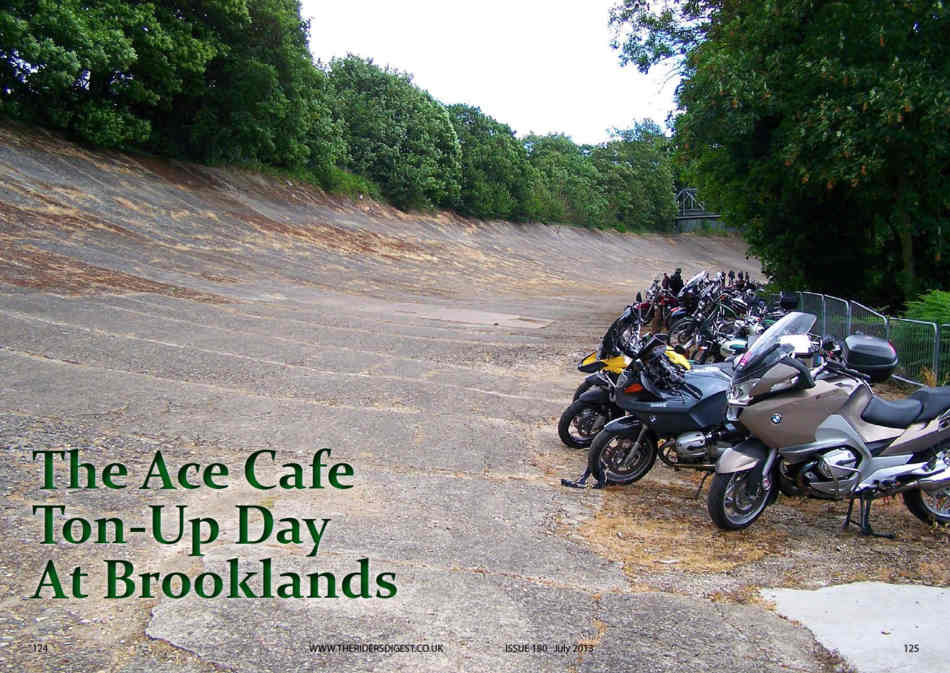
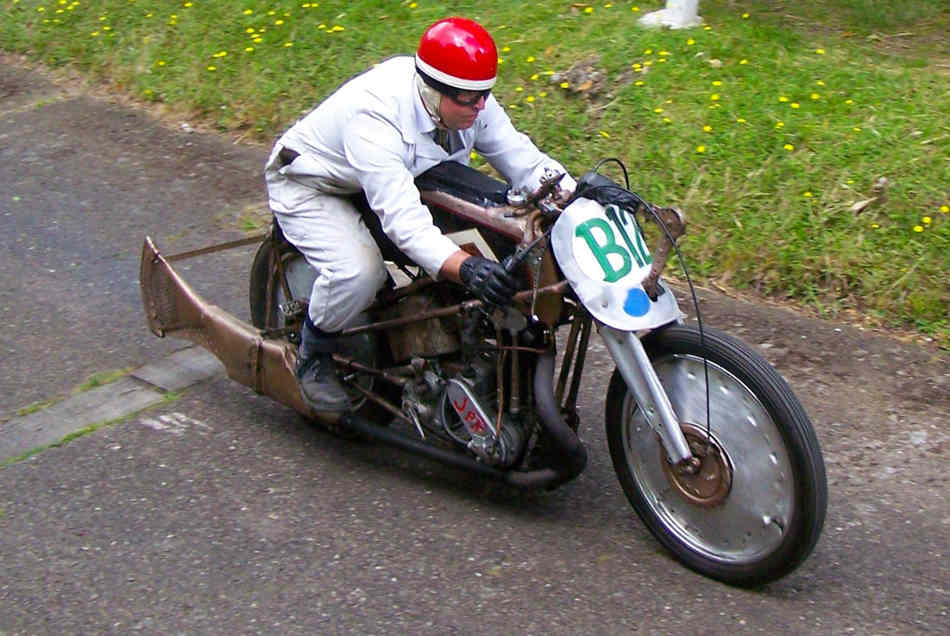
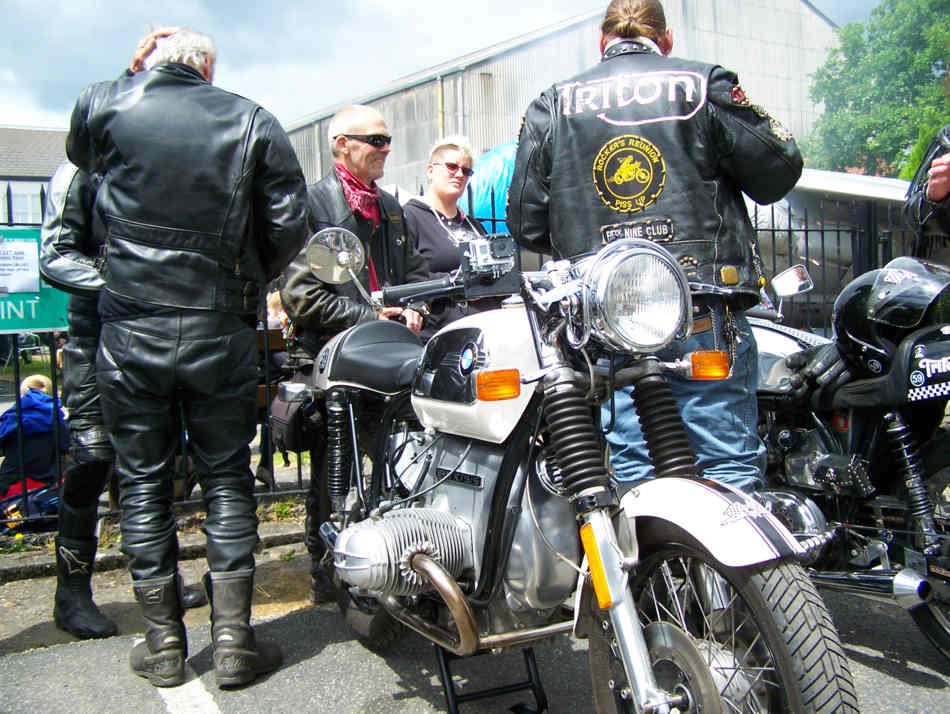
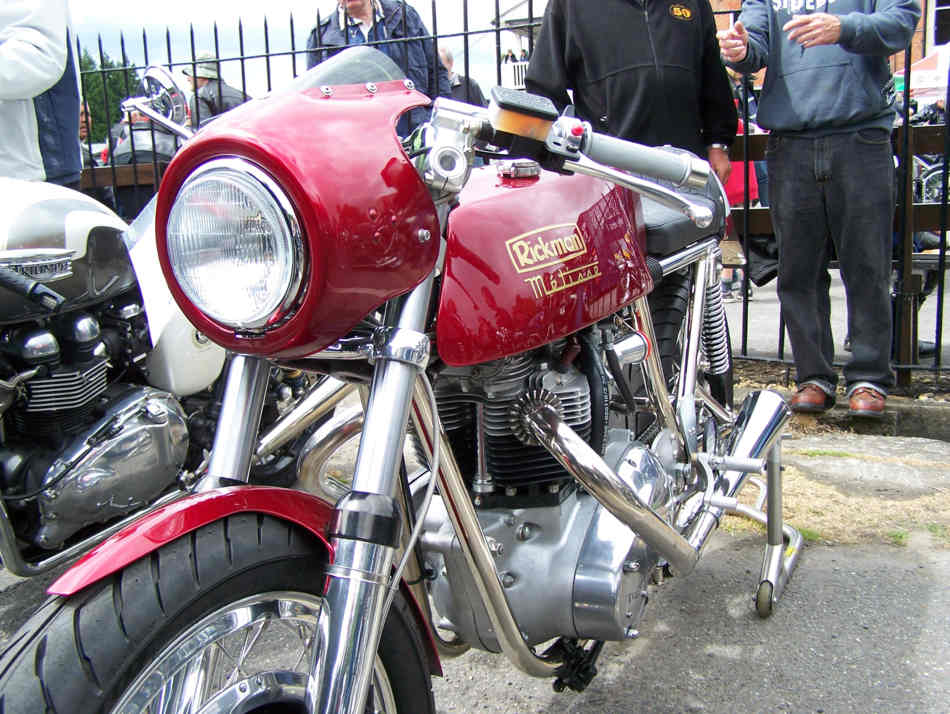
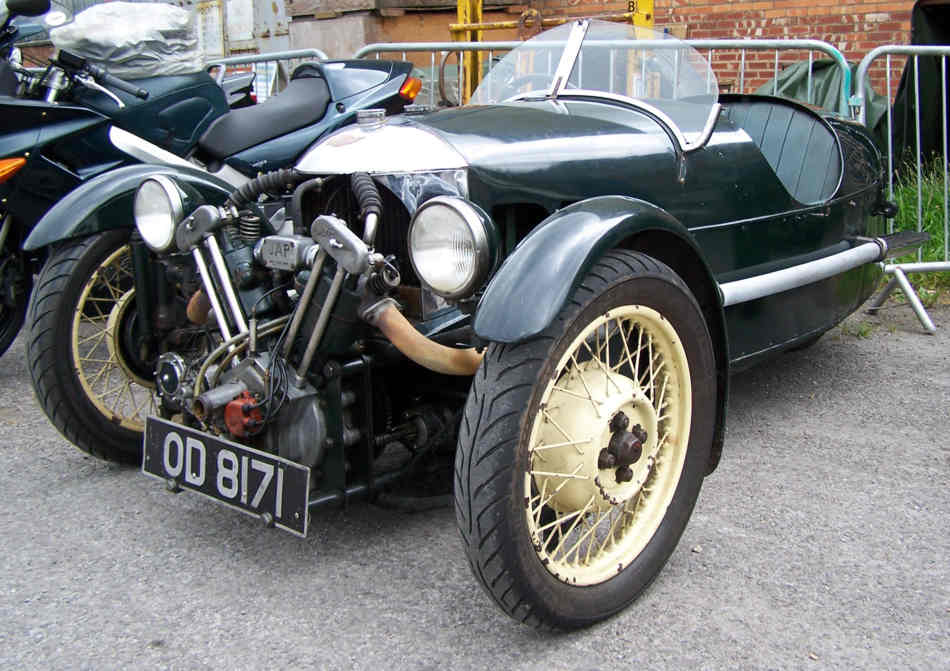
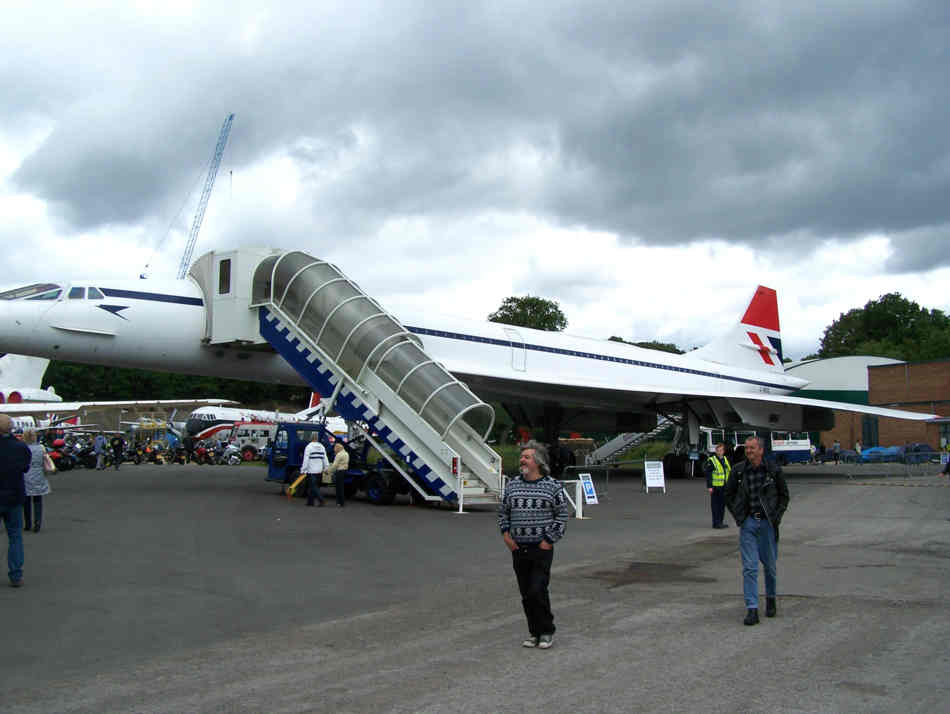
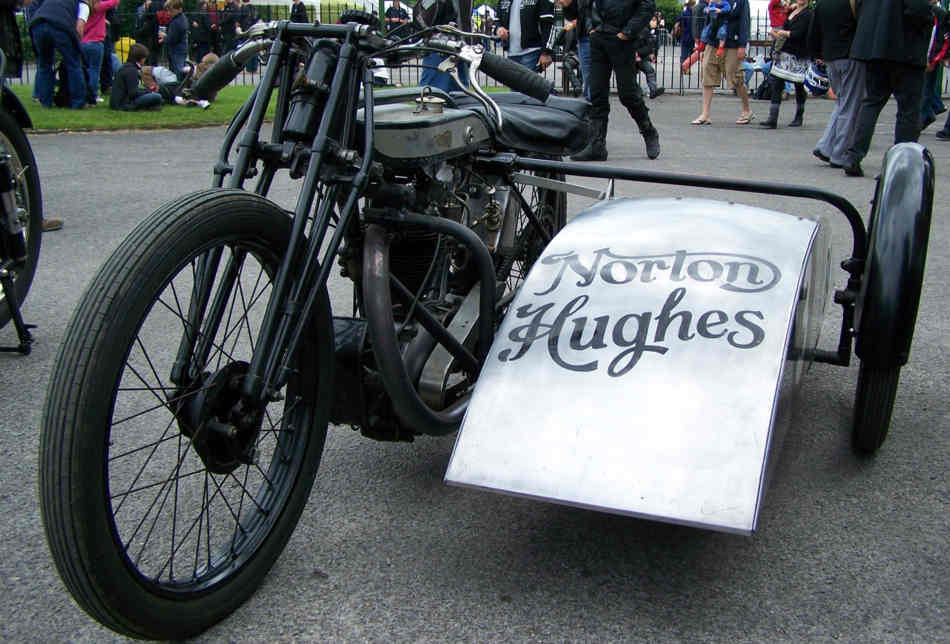
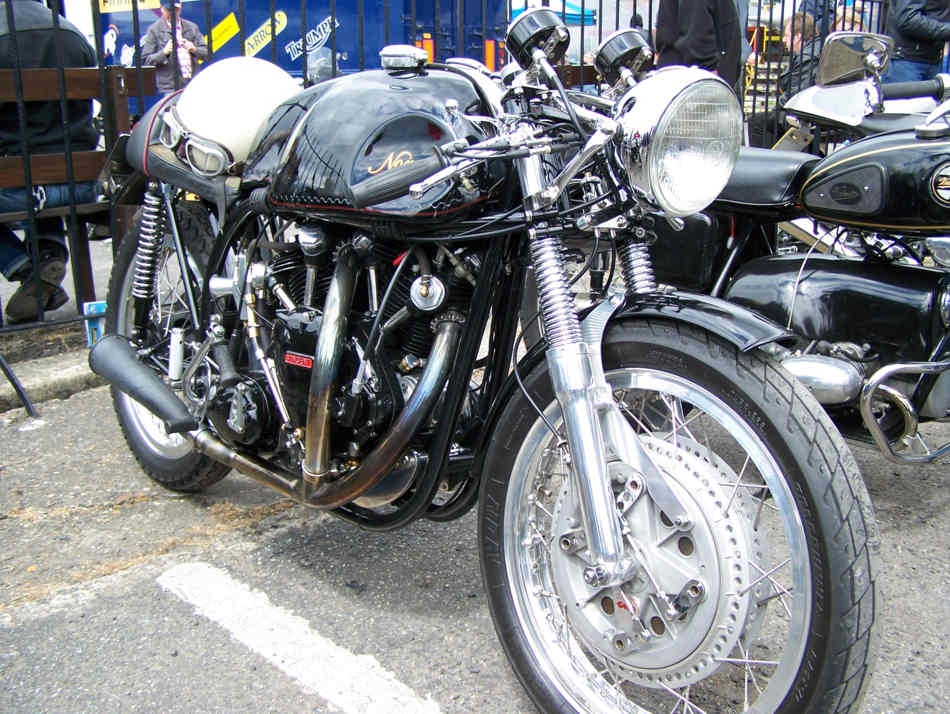
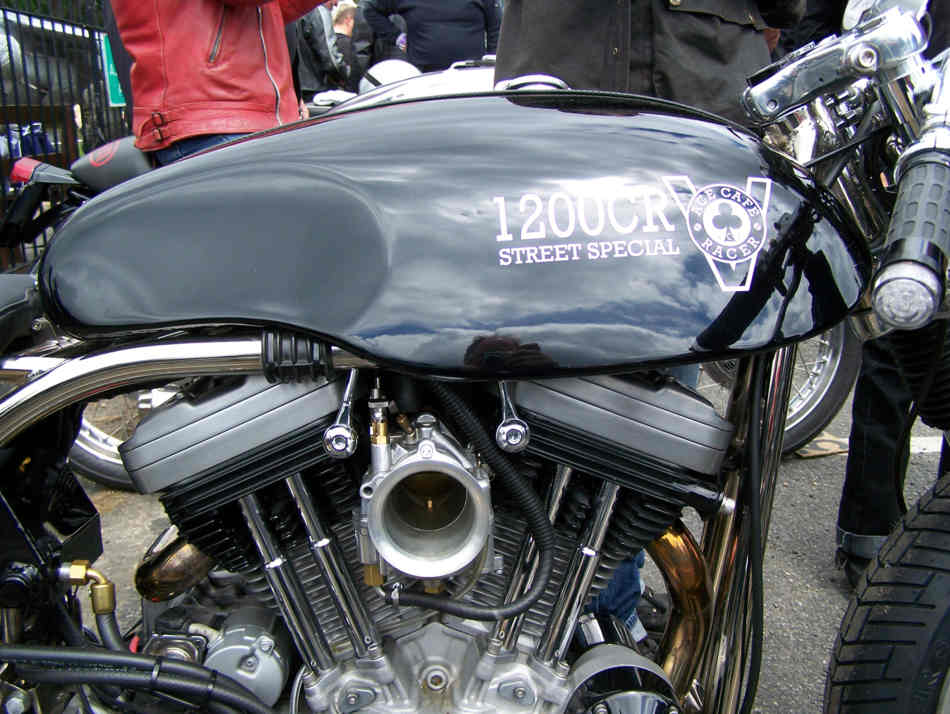
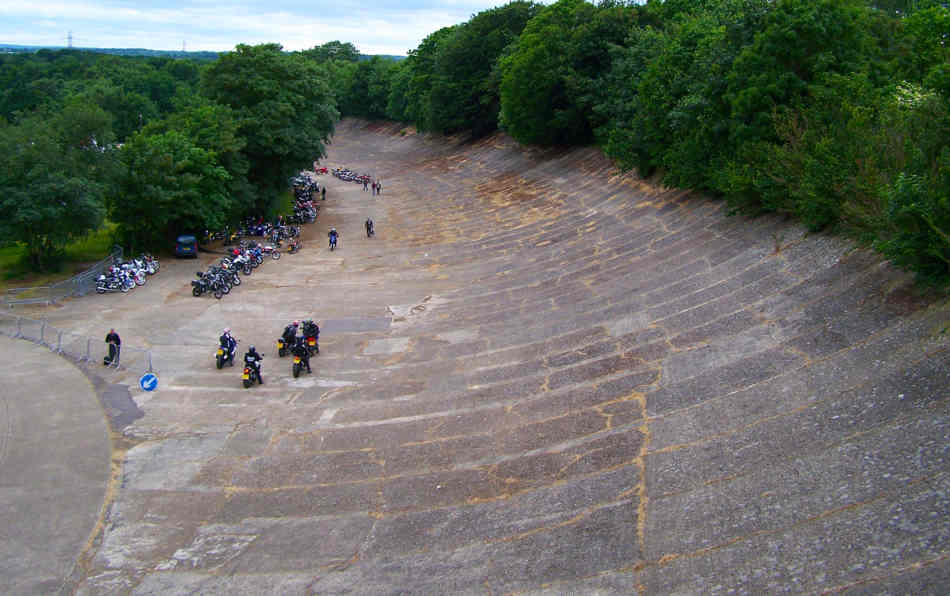
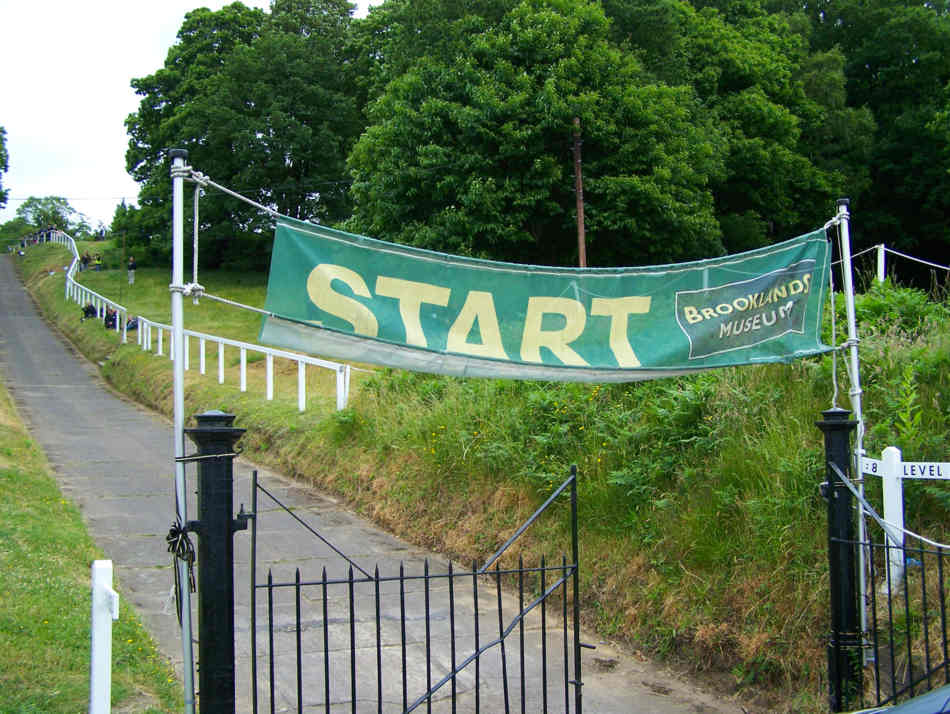
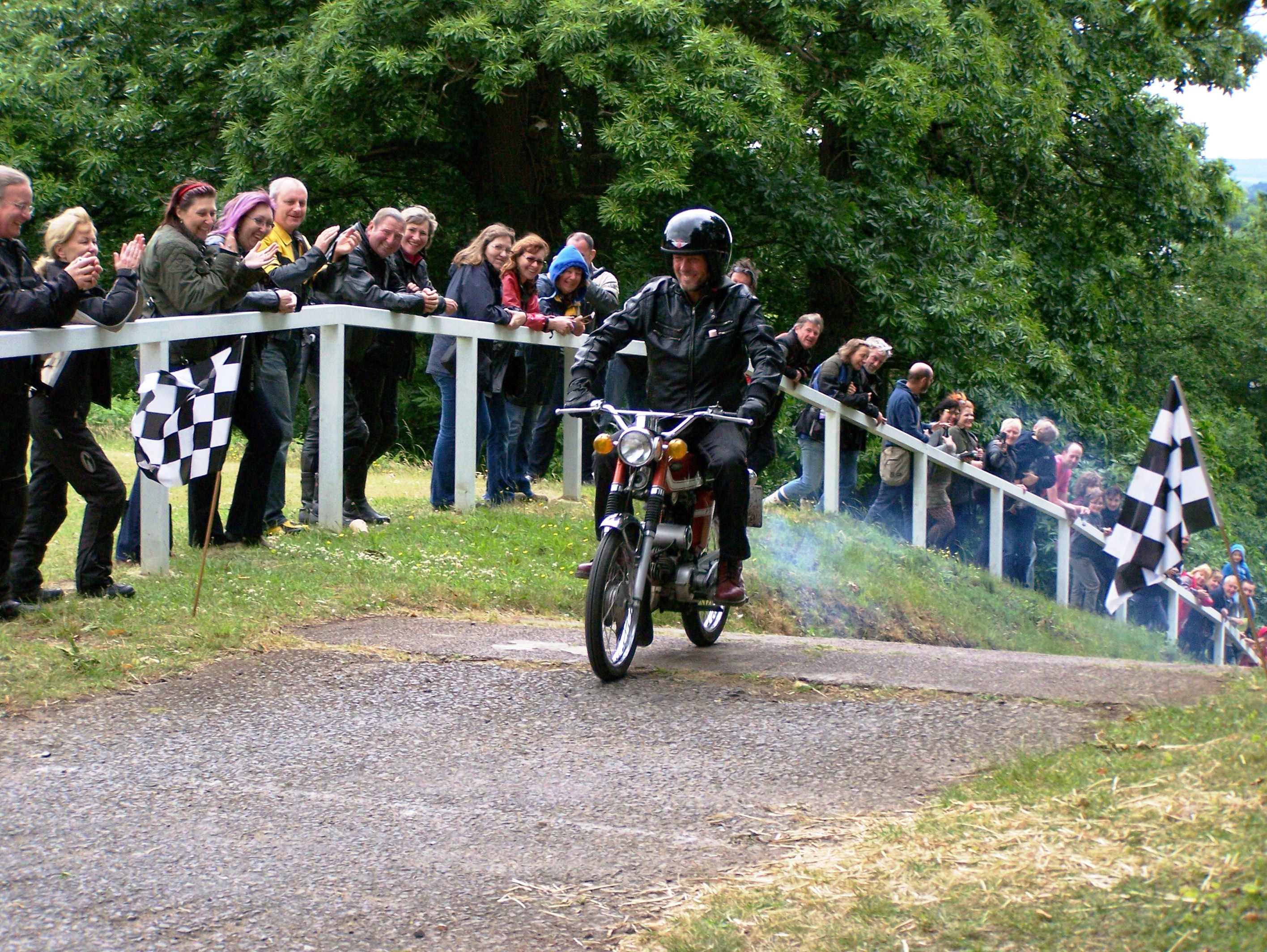
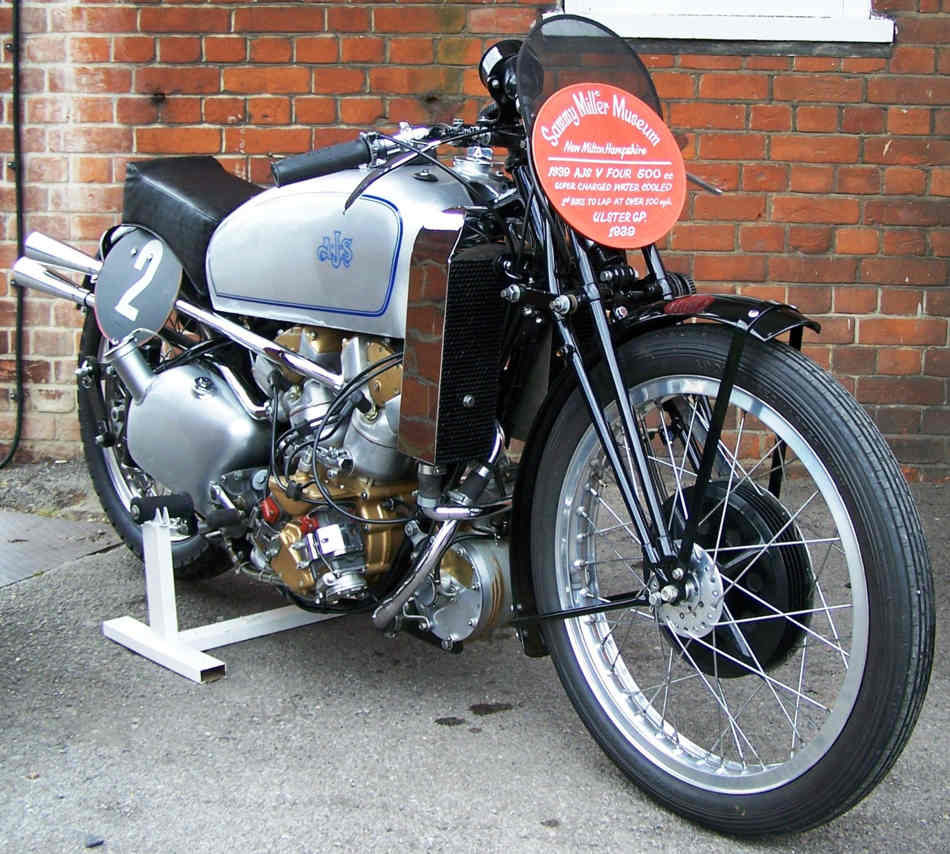
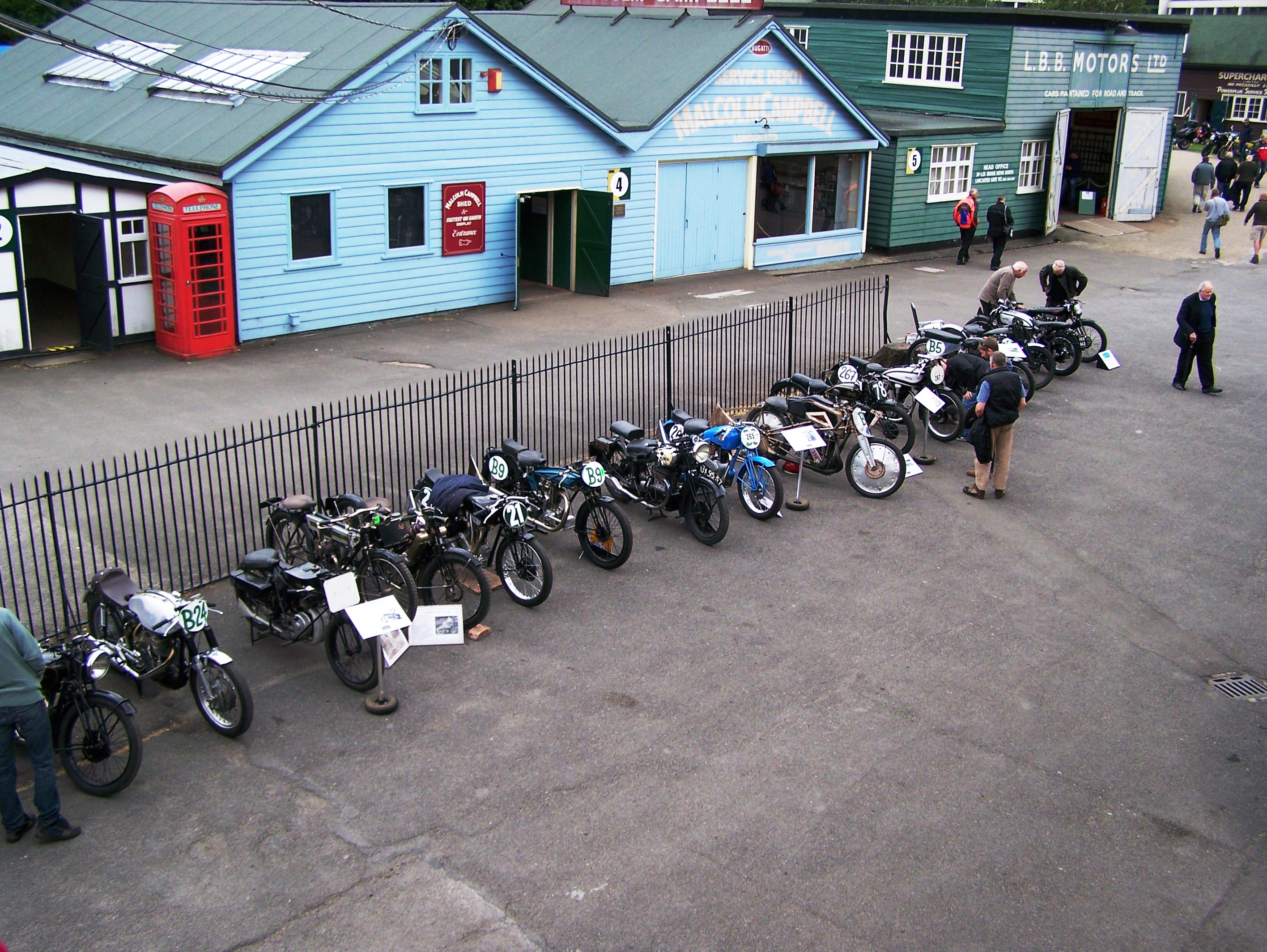
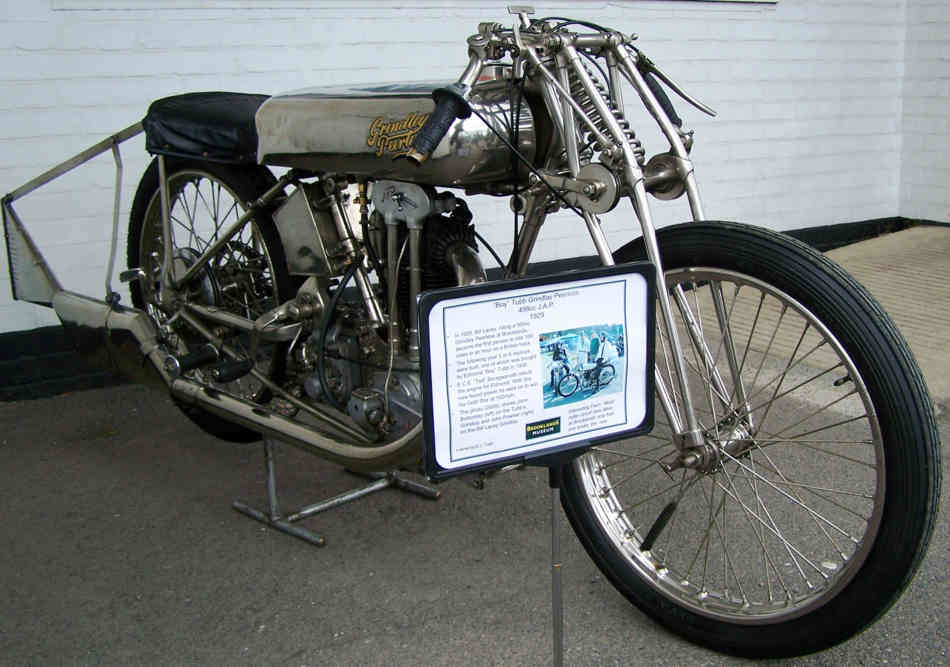
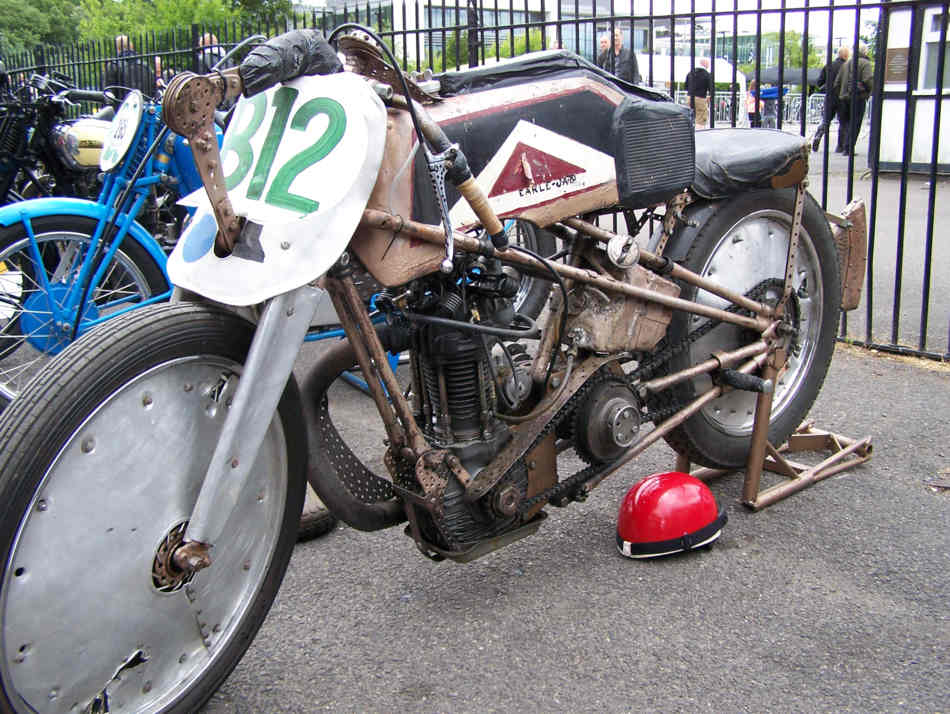
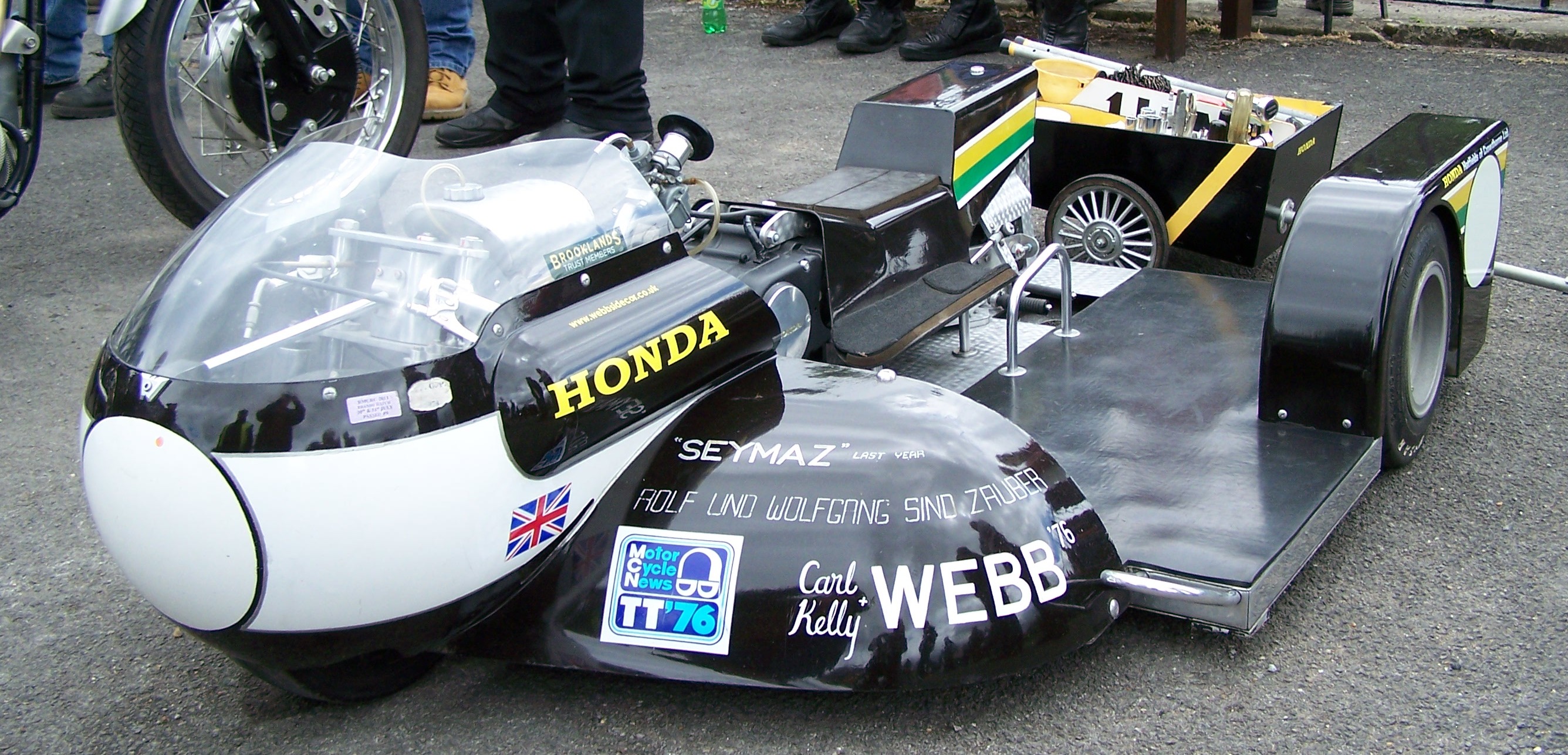
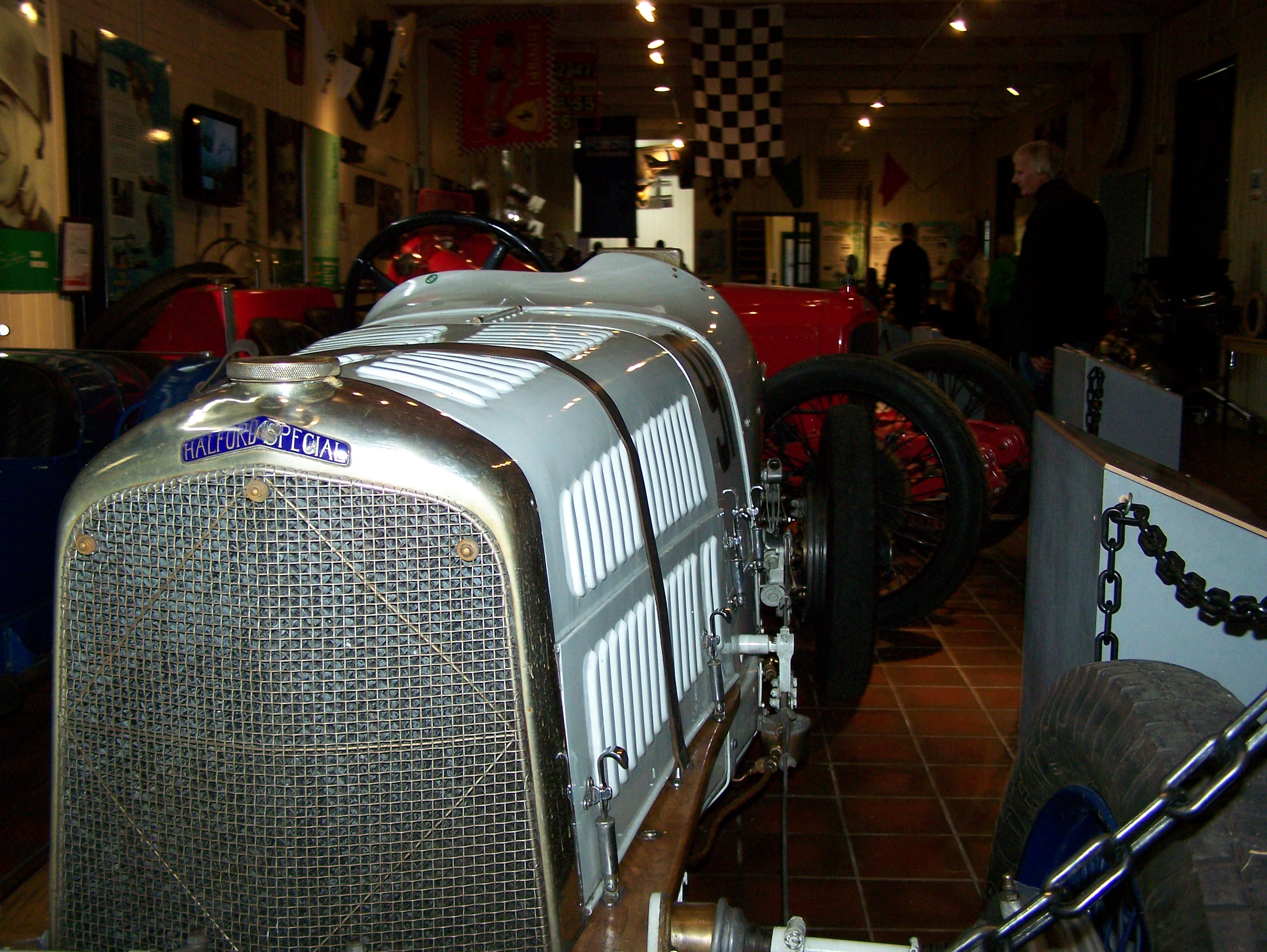
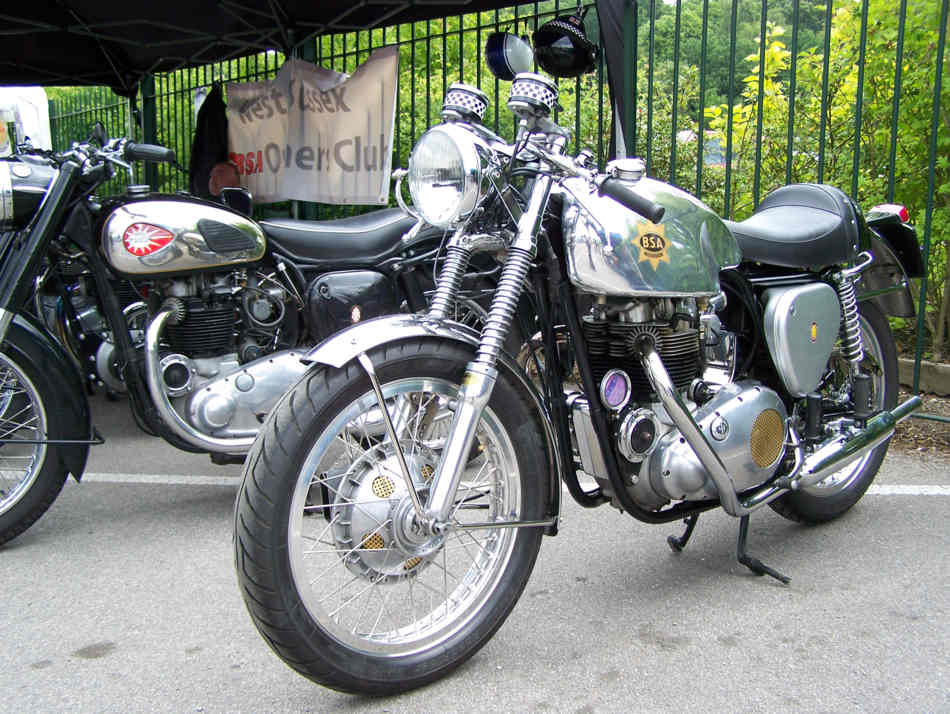
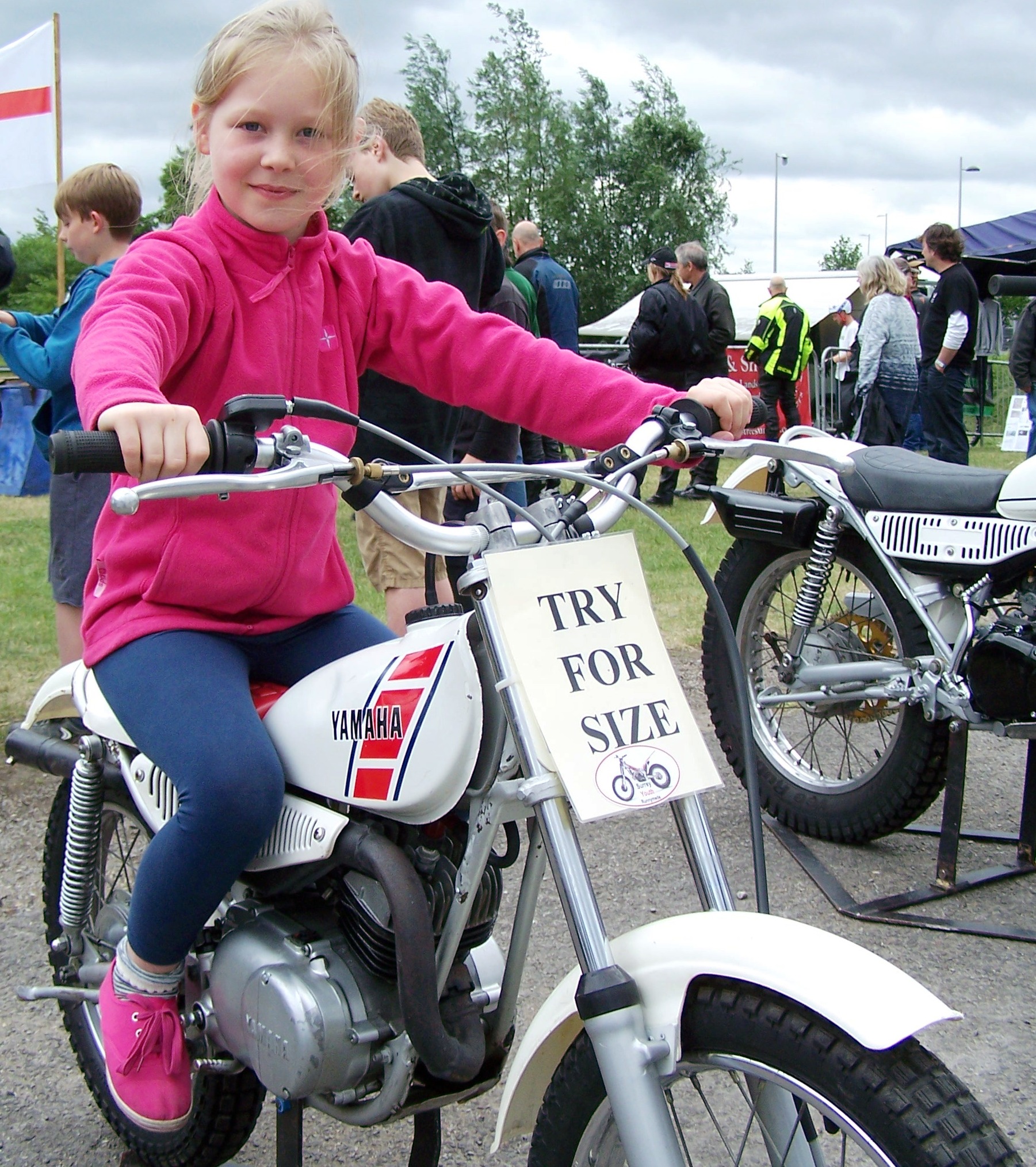
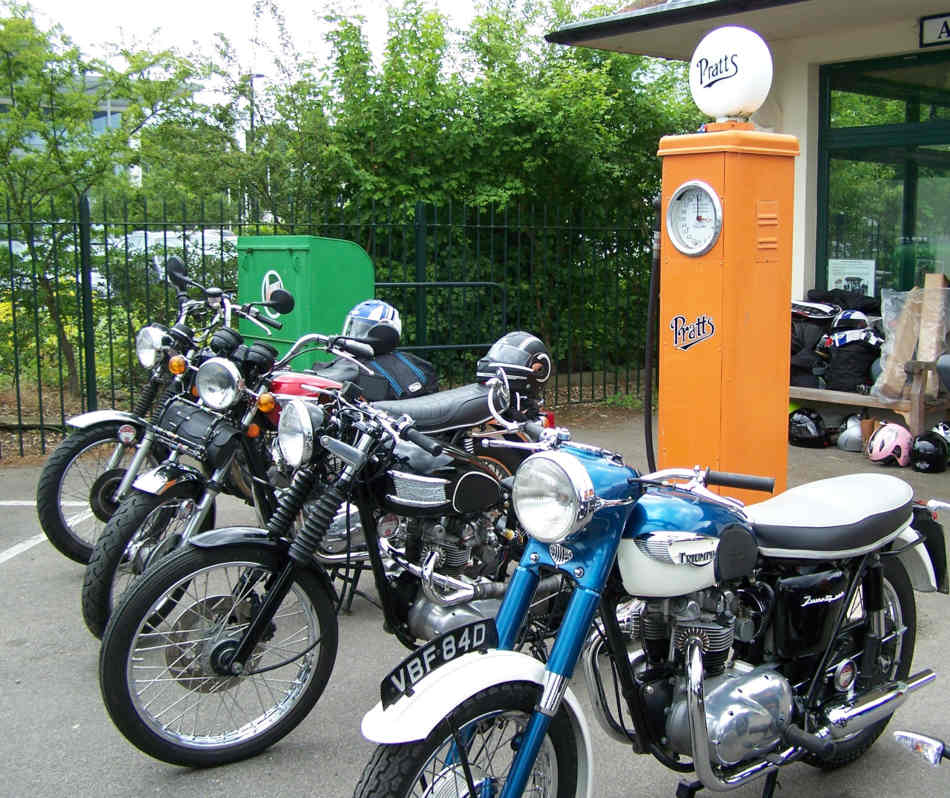
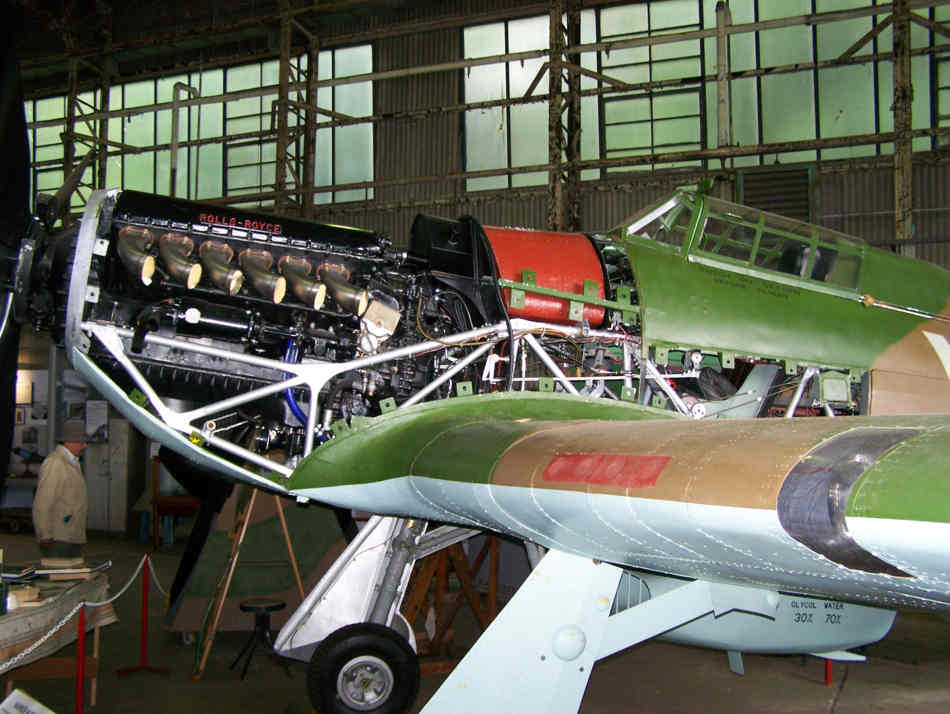
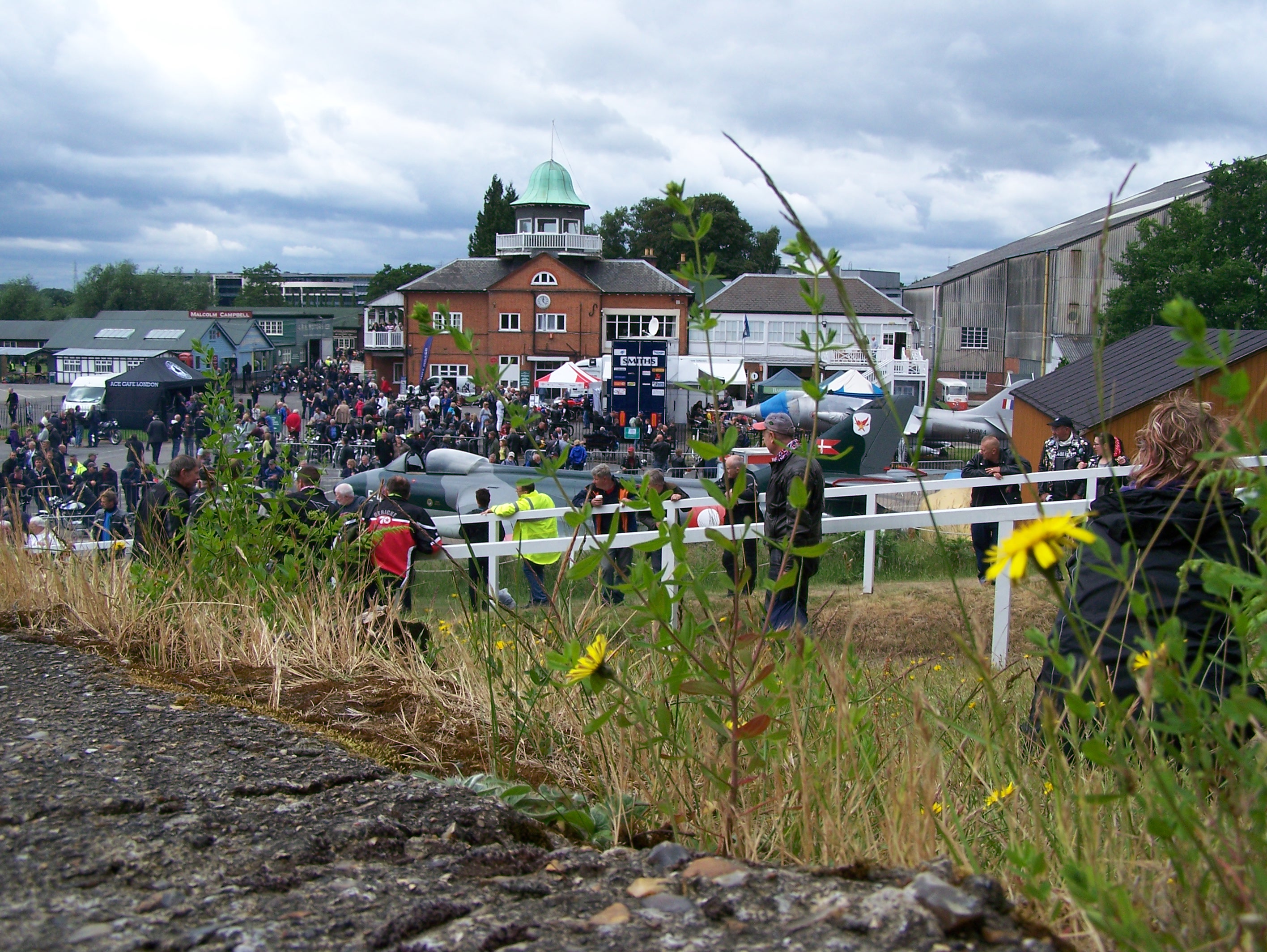
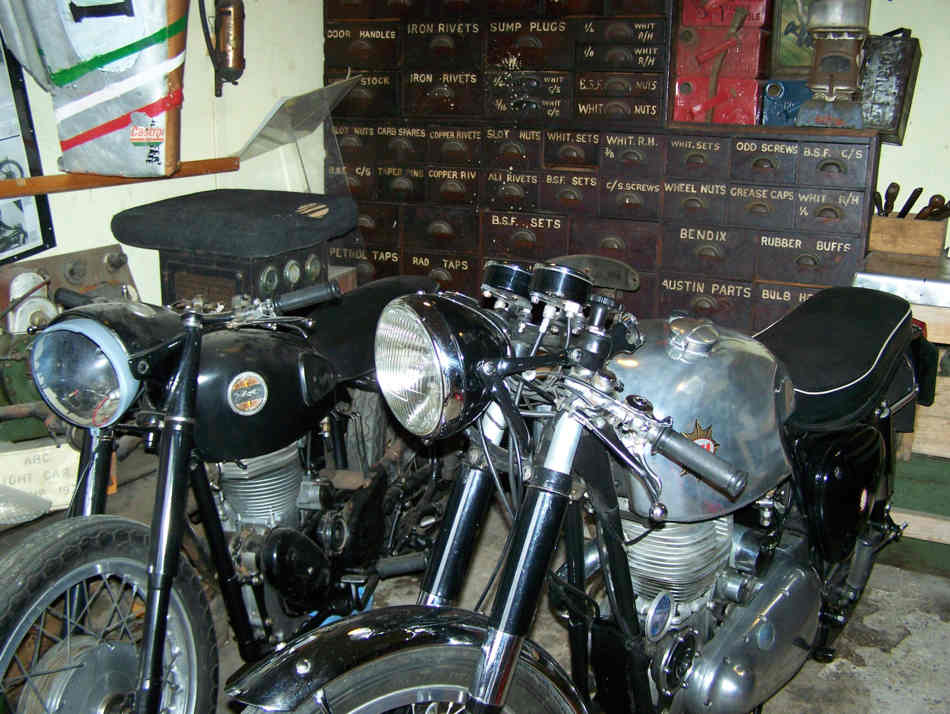
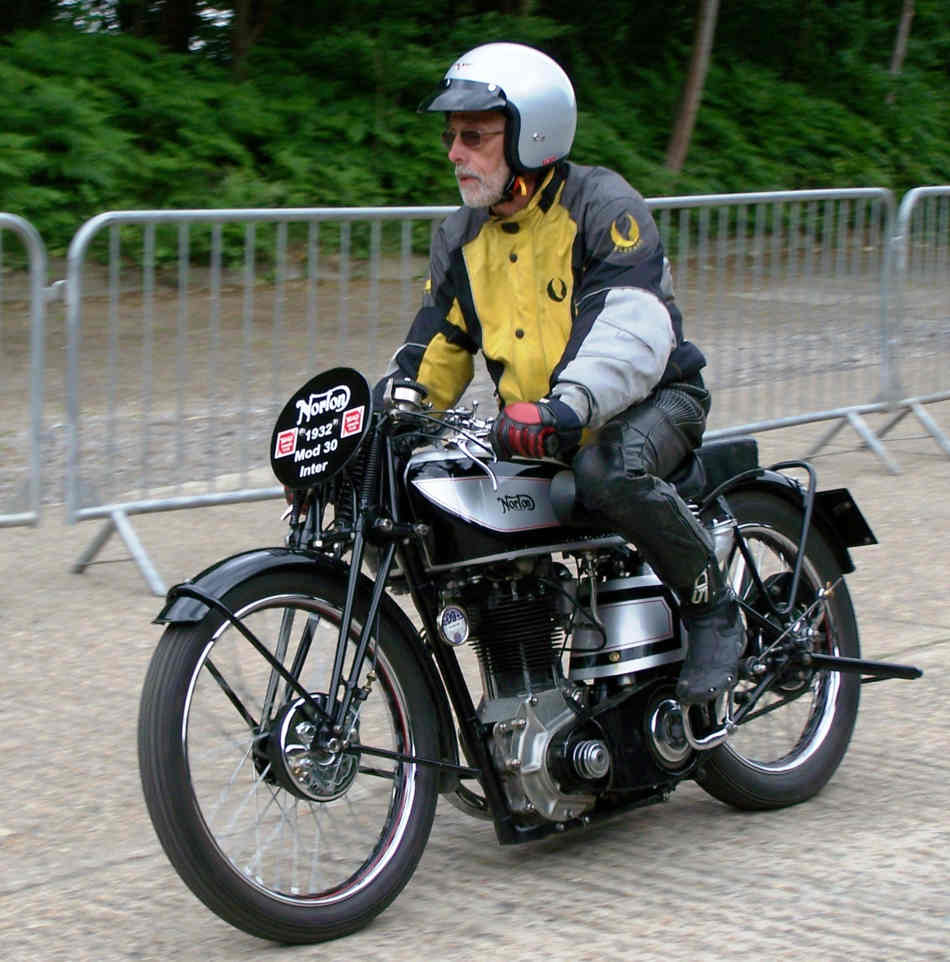
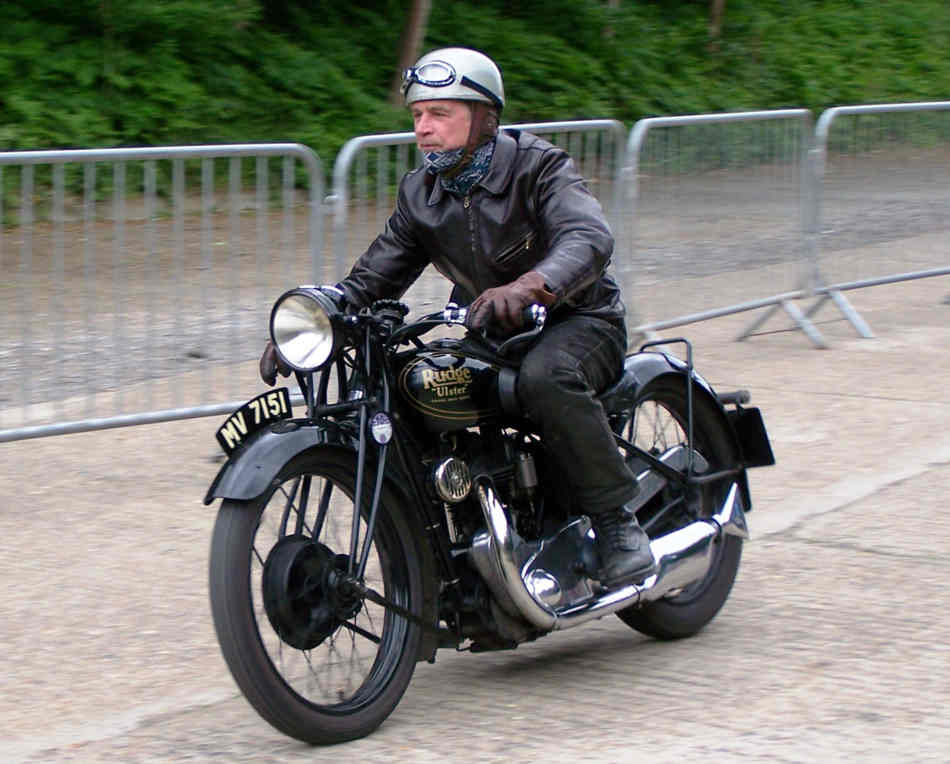
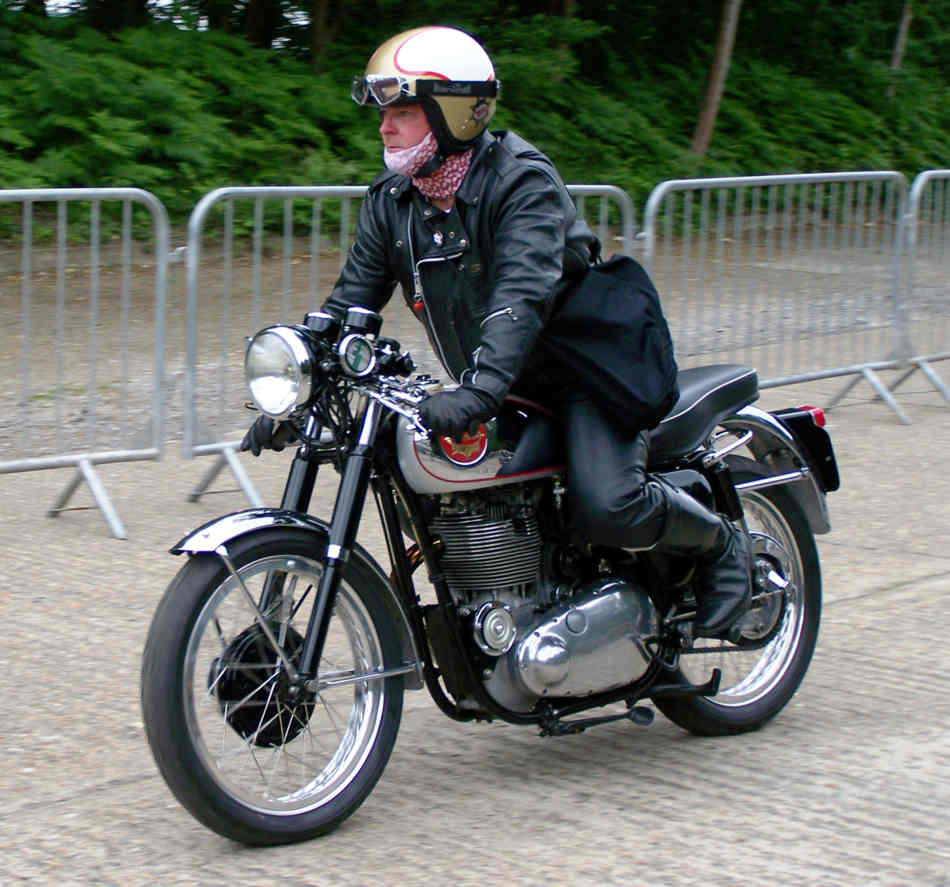
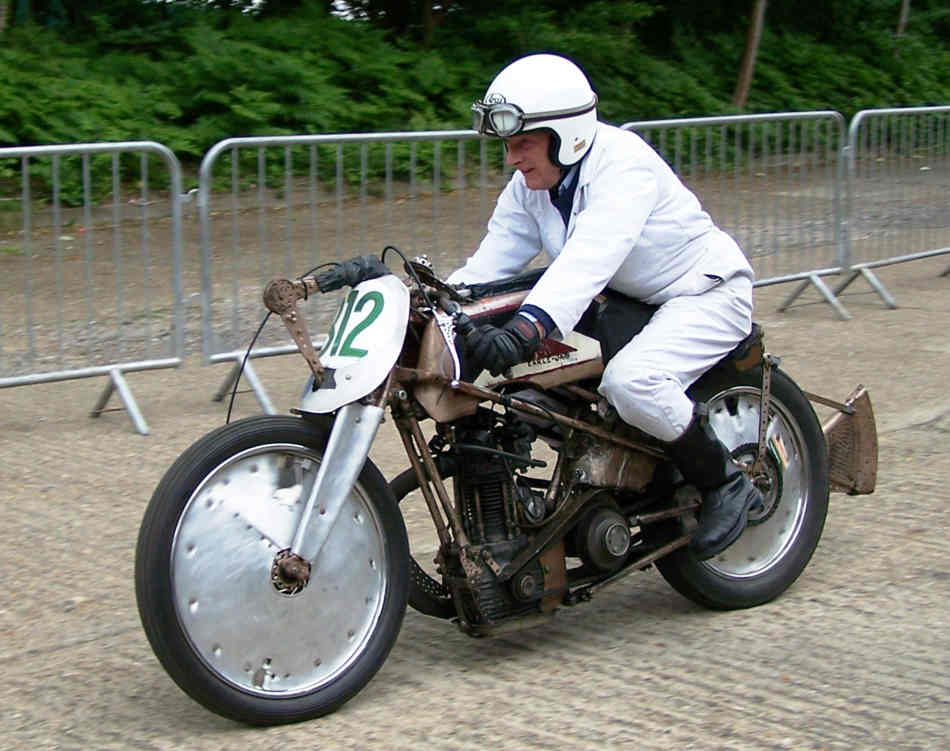
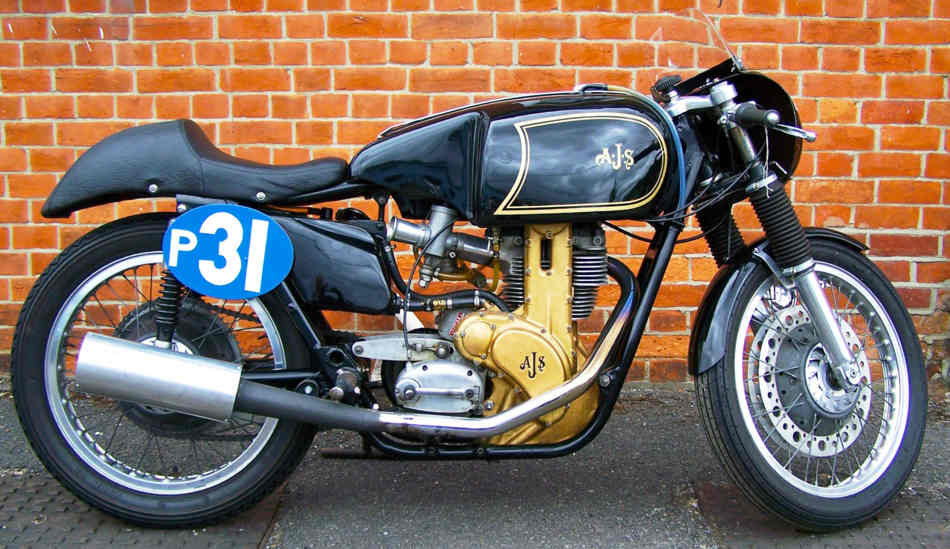
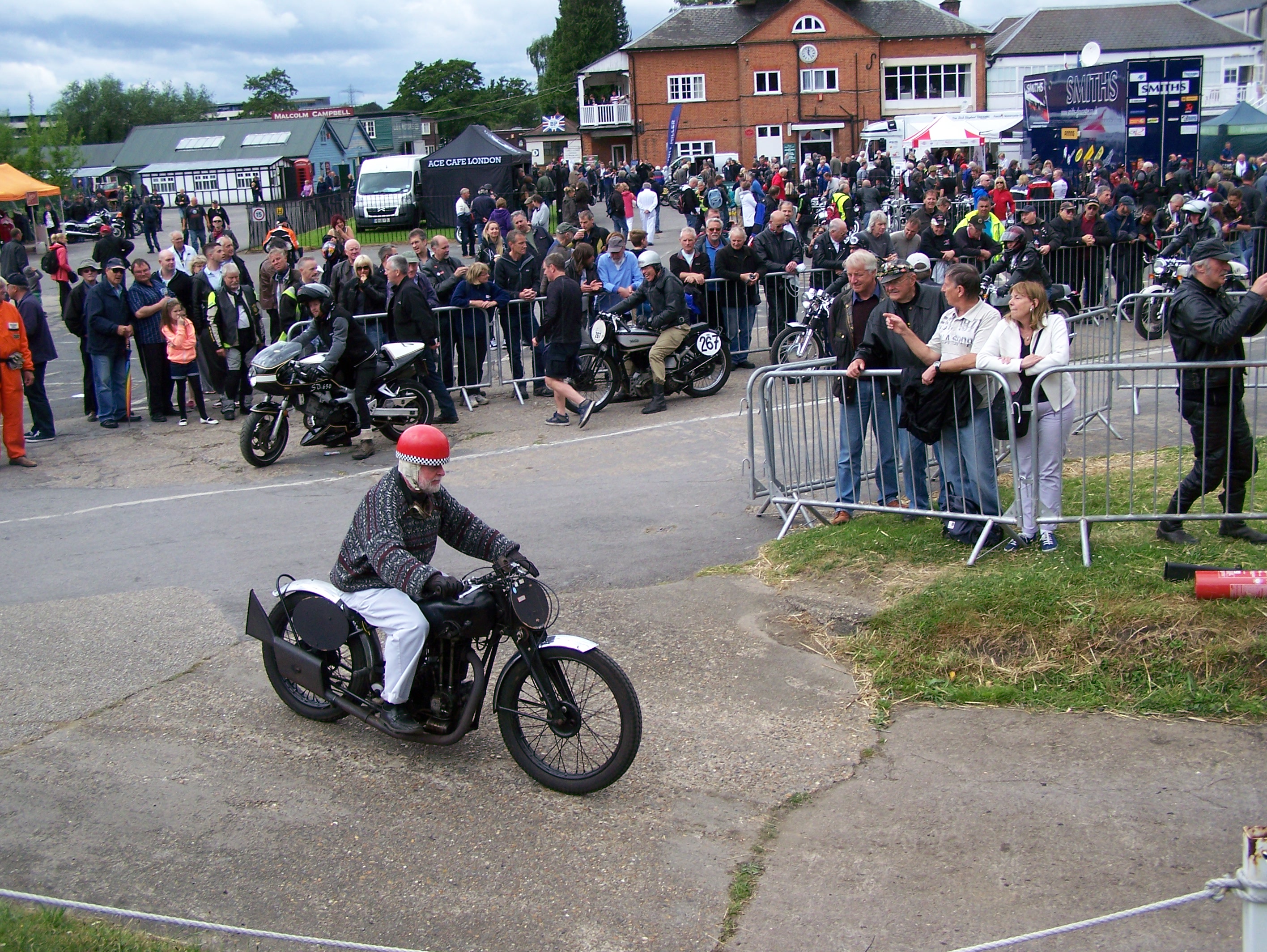
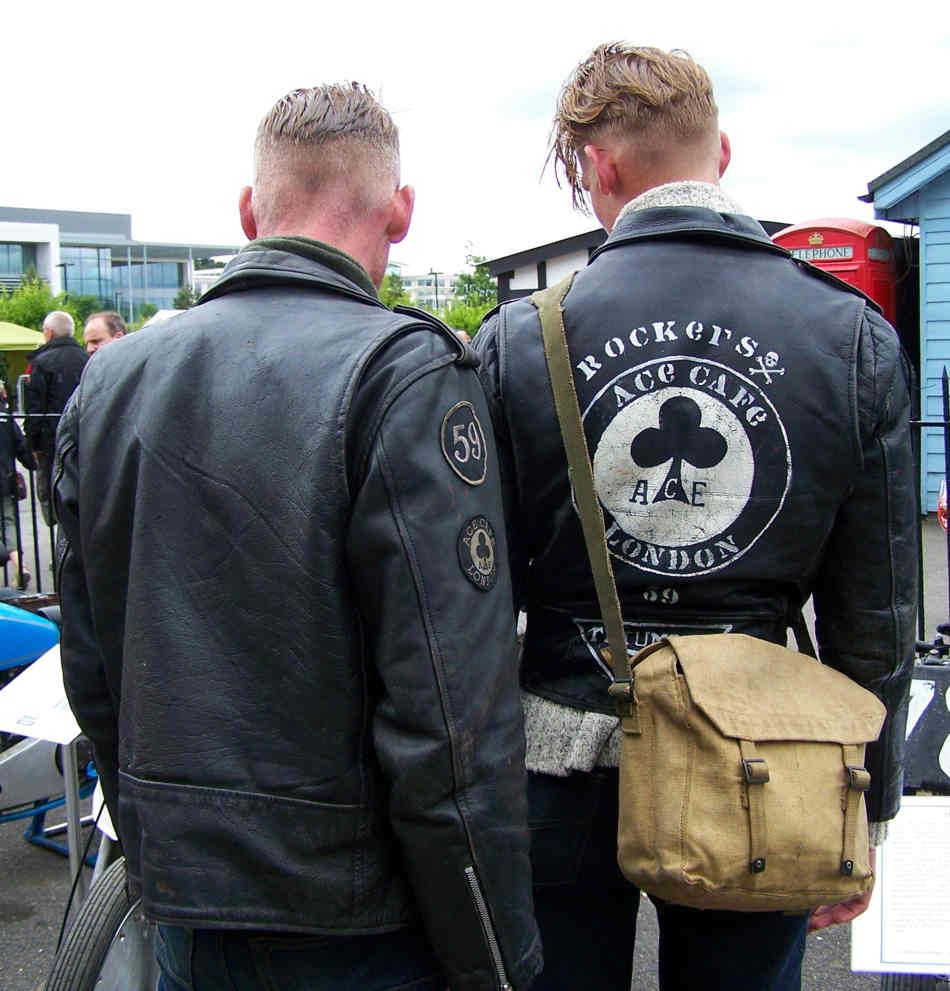
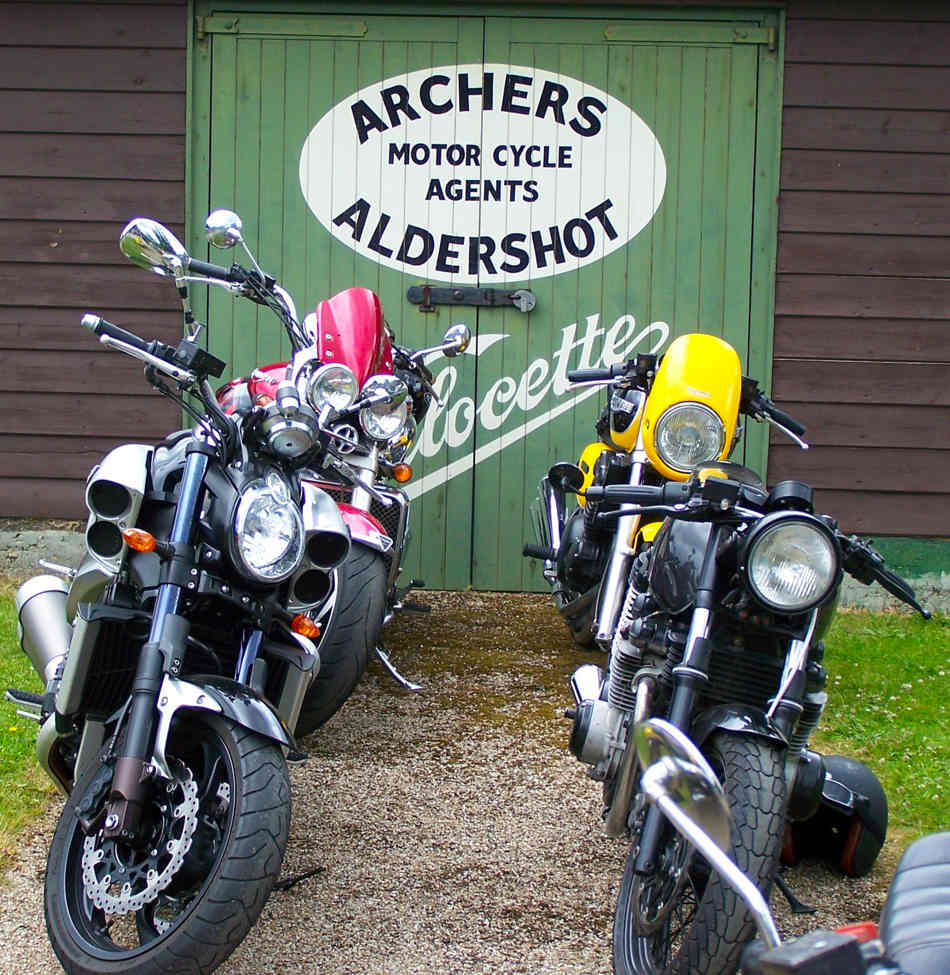
awesome. Gutted l missed it.